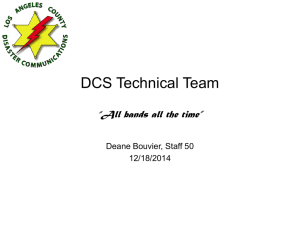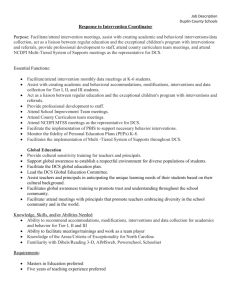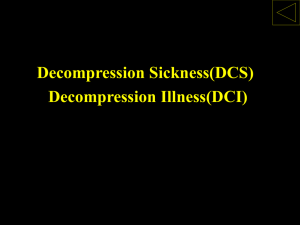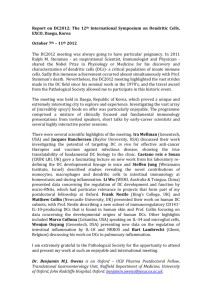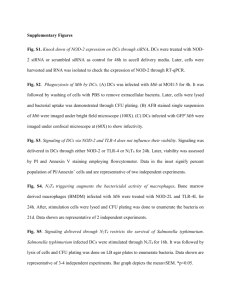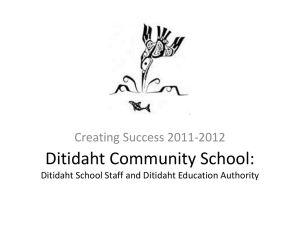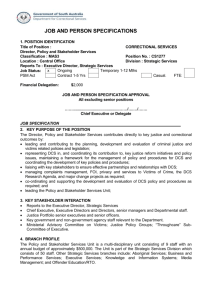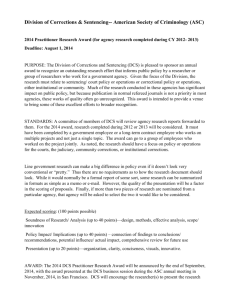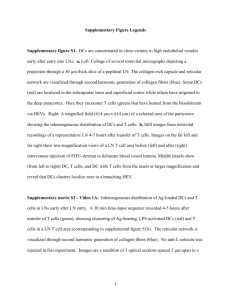ABSTRACT
advertisement
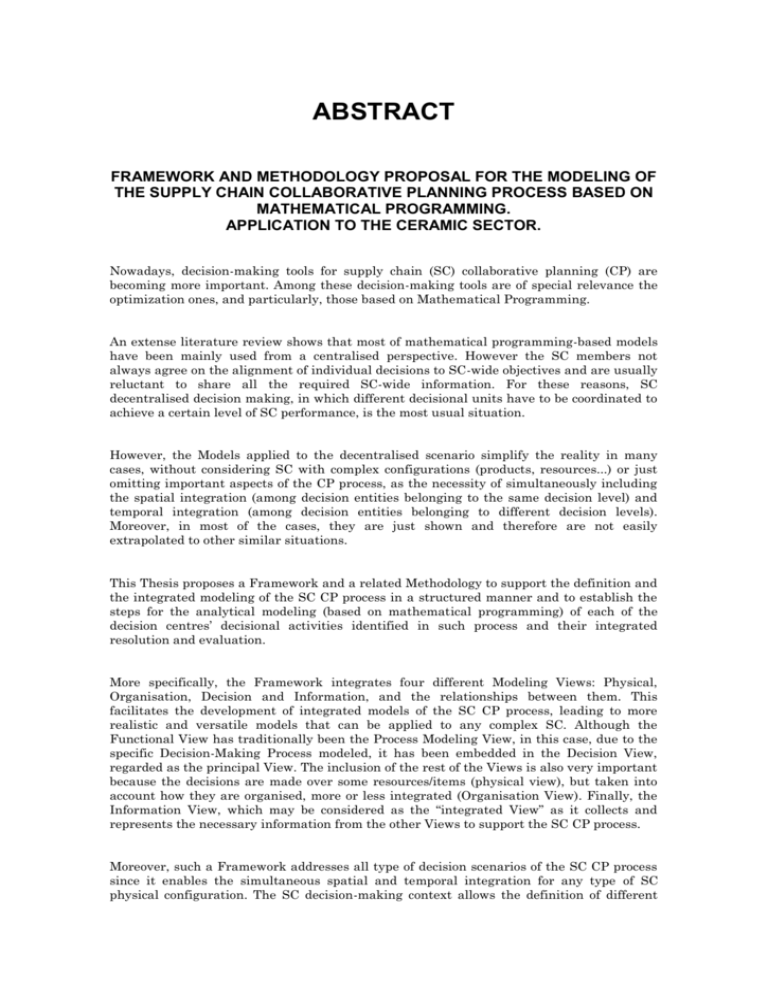
ABSTRACT FRAMEWORK AND METHODOLOGY PROPOSAL FOR THE MODELING OF THE SUPPLY CHAIN COLLABORATIVE PLANNING PROCESS BASED ON MATHEMATICAL PROGRAMMING. APPLICATION TO THE CERAMIC SECTOR. Nowadays, decision-making tools for supply chain (SC) collaborative planning (CP) are becoming more important. Among these decision-making tools are of special relevance the optimization ones, and particularly, those based on Mathematical Programming. An extense literature review shows that most of mathematical programming-based models have been mainly used from a centralised perspective. However the SC members not always agree on the alignment of individual decisions to SC-wide objectives and are usually reluctant to share all the required SC-wide information. For these reasons, SC decentralised decision making, in which different decisional units have to be coordinated to achieve a certain level of SC performance, is the most usual situation. However, the Models applied to the decentralised scenario simplify the reality in many cases, without considering SC with complex configurations (products, resources...) or just omitting important aspects of the CP process, as the necessity of simultaneously including the spatial integration (among decision entities belonging to the same decision level) and temporal integration (among decision entities belonging to different decision levels). Moreover, in most of the cases, they are just shown and therefore are not easily extrapolated to other similar situations. This Thesis proposes a Framework and a related Methodology to support the definition and the integrated modeling of the SC CP process in a structured manner and to establish the steps for the analytical modeling (based on mathematical programming) of each of the decision centres’ decisional activities identified in such process and their integrated resolution and evaluation. More specifically, the Framework integrates four different Modeling Views: Physical, Organisation, Decision and Information, and the relationships between them. This facilitates the development of integrated models of the SC CP process, leading to more realistic and versatile models that can be applied to any complex SC. Although the Functional View has traditionally been the Process Modeling View, in this case, due to the specific Decision-Making Process modeled, it has been embedded in the Decision View, regarded as the principal View. The inclusion of the rest of the Views is also very important because the decisions are made over some resources/items (physical view), but taken into account how they are organised, more or less integrated (Organisation View). Finally, the Information View, which may be considered as the “integrated View” as it collects and represents the necessary information from the other Views to support the SC CP process. Moreover, such a Framework addresses all type of decision scenarios of the SC CP process since it enables the simultaneous spatial and temporal integration for any type of SC physical configuration. The SC decision-making context allows the definition of different temporal decision levels and decision centres (DCs). At each level, the decision-making may be centralised (one DC) or distributed (several DCs). These DCs are subject to two interdependence relationship types, temporal (between DCs belonging to different decision levels) and spatial (between DCs belonging to the same decision level), characterised by a set of parameters/attributes. Once applied the first part of the Methodology it is obtained an integrated model of the SC CP process, that is, the decisional activities and their execution order. One of its main outputs is the exchanged information (at a macro level) due to their interdependence relationships. This integrated model of the SC CP process jointly with all the conceptual and analytical aspects also described in the Framework are the main inputs to, in the second part of the Methodology, analytically model the process and finally proceed to its integrated resolution and evaluation. Some premises about this analytical modeling are assumed: each of the DCs make their decisions based on mathematical programming-base models (mix and integer linear programming - MILP), there are considered hierarchical relationships (temporal and spatial) in an organizational (team) context, in which just one cycle instruction-reaction is permitted. Besides, some information is disclosed between the DCs although keeping some private information, never used opportunistically. Regarding the integrated resolution and evaluation of the SC CP process, the different DCs MILP models are executed taking into consideration the sequence of the process decisional activities and the exchange information between them previously identified. Once executed, it is described how to quantitatively evaluate the current collaborative planning performance by the definition of the performance measures: total criterion, total resolution and total consistency. It is important to remark that the Methodology facilitates and guides the final user to simulate different future collaborative planning scenarios so that the benefits or costs may be known “a priori”. This scenarios analysis could affect in more or less profoundness to each of the views: physical, organisation, decision or informational. Finally, the Methodology, although it may be applied\extrapolated to any industrial sector, is implemented (integrated modeling, resolution and performance evaluation) in a SC belonging to the ceramic sector. It is important to stress as a contribution not only the Methodology application itself, but also the proposed MILP models in each of the identified DCs, which may be used as a benchmarking for future tactical and operational MILP models in the ceramic sector. Either individually or interrelated, they represent the reality complexity, and clearly address the temporal and spatial integration arising in this specific sector.
